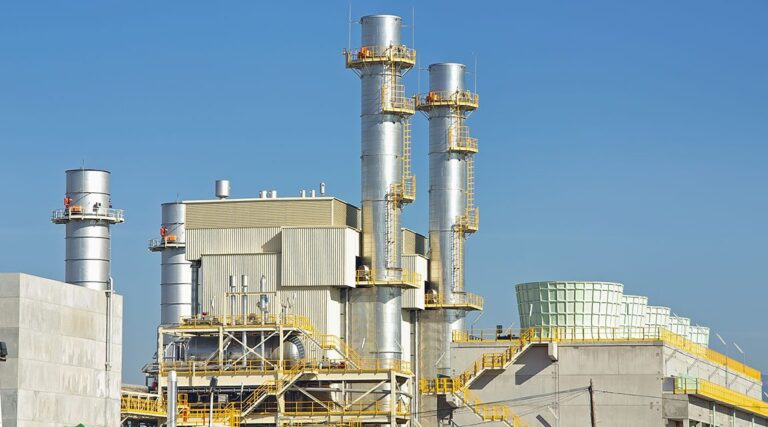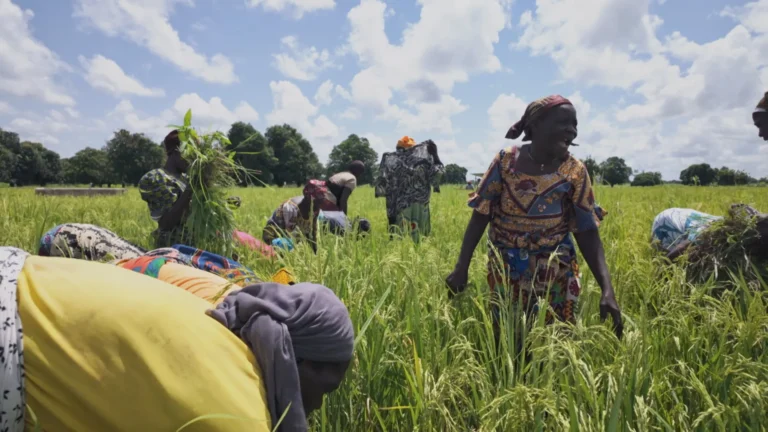
The Malian government has adopted a series of decrees aimed at strengthening the state’s role in the country’s mining sector.
The decisions, announced on September 19, 2025, cover the renewal of exploration permits and the approval of establishment agreements with companies active in gold and lithium, amid concerns over declining gold production and rising interest in lithium reserves.
The government renewed the gold exploration permit for Roscan Gold Mali, covering 56.8 km² in the Kéniéba circle, following the merger of two initial titles.
In addition, a third amendment was approved for Fekola SA, a subsidiary of B2Gold, operating the Médinandi mine in Kayes. The amendment secures a non-dilutable, non-contributory state stake in investments and is expected to increase tax revenues. Last year, the Fekola mine produced 392,946 ounces of gold—around 12.2 tonnes—contributing to a national industrial output that fell to 51 tonnes in 2024 from 66.5 tonnes in 2023.
The Council also sanctioned new agreements for lithium exploitation, including Lithium du Mali in Torakoro, SEMOS in Sadiola, Les Mines de Lithium de Bougouni in Foulaboula, and SOMISY in Syama. In 2024, the Sadiola mine produced roughly 6.5 tonnes of gold, while Syama’s proven and probable reserves exceed 7 million ounces, or more than 200 tonnes. The Goulamina lithium mine, inaugurated in December 2024 with support from Ganfeng Lithium, is projected to yield around 500,000 tonnes of spodumene concentrate annually. The Malian government holds a 35% stake, with expected yearly revenues between 110 and 115 billion CFA francs, and total lithium reserves estimated at 7.14 million tonnes of lithium carbonate equivalent.
According to the Ministry of Mines, Mali’s state revenues from mining reached 835.1 billion CFA francs in 2024, up 52.5% from 2023, despite declining gold output. The sector provides roughly 15,000 direct jobs in industrial gold production and more than 200,000 indirect positions in artisanal mining. While Ghana produced around 130 tonnes of gold in 2024, maintaining its lead in West Africa, Mali remains one of the continent’s major producers.
These measures reflect Mali’s strategic shift toward increasing state participation and maximizing revenue from both gold and emerging lithium resources, positioning the country for long-term growth in the global mining sector.



